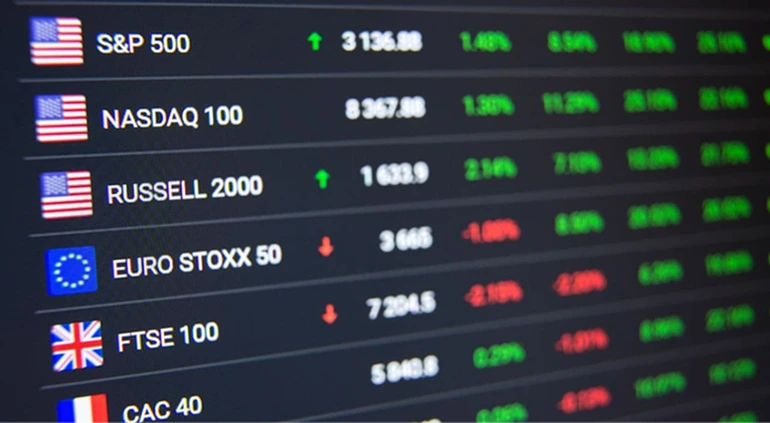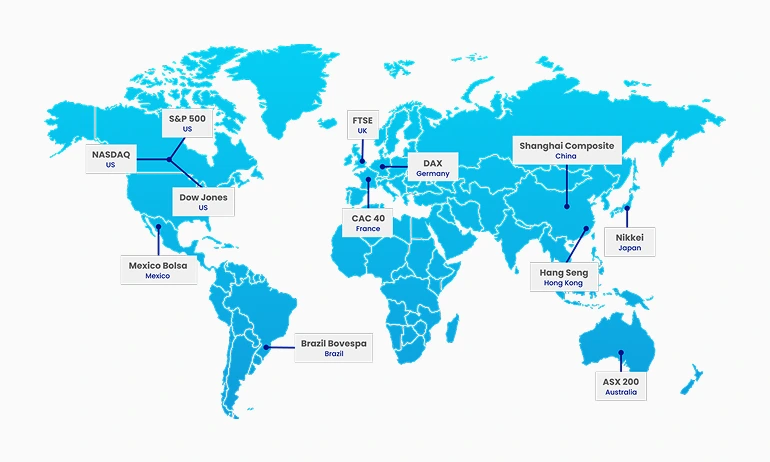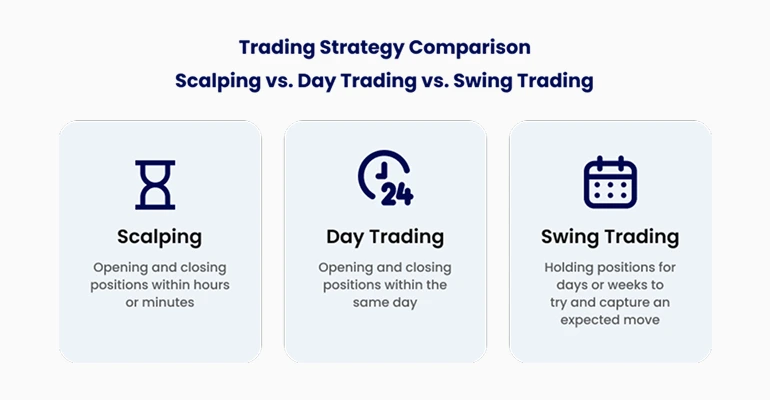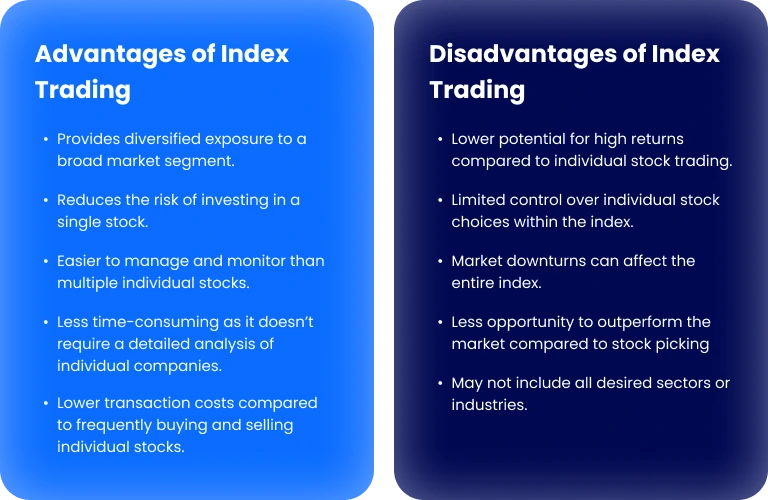

Index Trading: Mastering the Art of Market Performance Tracking
In the complex, interconnected web of financial markets, index trading has emerged as a powerful strategy for investors seeking to understand and capitalize on broader economic trends. Unlike traditional stock picking, index trading offers a sophisticated approach to market participation that allows investors to gain exposure to entire market segments with a single transaction. This trading method provides a comprehensive view of economic performance, tracking the collective movement of multiple companies across various sectors and regions. Understanding index trading is no longer just an advanced investment technique—it has become an essential skill for anyone who wants to navigate the complexities of modern financial markets. The global financial landscape is intricate and interconnected, with stock indices as critical indicators of economic health and market sentiment. By representing the aggregated performance of select companies, these indices offer investors and analysts a nuanced snapshot of market dynamics, economic trends, and sectoral movements.
What is an Index? The Foundation of Index Trading
A stock index is a mathematical computation that tracks a selected stock group's performance.
Indices typically represent:
Entire national economies
Specific industrial sectors
Broad market performance indicators
Comprehensive snapshots of economic health
The primary purpose of an index is to provide a standardized measurement of market movements and economic trends.
Historical Evolution of Index Trading
Charles Dow pioneered index tracking in 1896 with the Dow Jones Industrial Average.
The original index comprised just 12 companies, starkly contrasting today's comprehensive market representations.
Modern indices like the S&P 500 now encompass hundreds of companies, reflecting complex economic ecosystems.
Index Trading Advantages: Diversification Made Simple
Index trading offers instant exposure to multiple companies within a single transaction.
Investors can mitigate individual stock risks through broad market representation.
Lower volatility compared to individual stock trading provides more stable investment opportunities.
Flexible Trading Strategies in Index Trading
Multiple trading timeframes accommodate different investor preferences:
Short-term scalping
Day trading
Swing trading
Long-term investment approaches
Index trading allows both long and short-positioning strategies.
Lower transaction costs make index trading an attractive option for cost-conscious investors.
Global Indices: A World of Opportunities
United States Market Indices
Dow Jones Industrial Average: Represents 30 largest US companies
S&P 500: Tracks 500 leading corporate performers
Nasdaq 100: Focuses on technology sector leaders
European Market Indices
FTSE 100: United Kingdom's top corporate performers
DAX 30: German market leadership representation
CAC 40: French blue-chip stock performance
Euro Stoxx 50: Comprehensive Eurozone economic indicator
Asia-Pacific Market Indices
Nikkei 225: Japanese market performance tracker
ASX 200: Australian market comprehensive view
HSI 50: Hong Kong market representation
SSE Composite: Chinese market economic indicator
Index Trading Strategies: Selecting Your Approach
Scalping Strategy
Trades are completed within minutes
Requires rapid decision-making and market understanding
Potential for multiple small profit opportunities
Day Trading Approach
Index trading completed within a single market session
Requires active market monitoring
Suits traders with real-time availability
Swing Trading Method
Index trading spanning multiple days to weeks
Less intensive market management
Ideal for fundamental analysis enthusiasts
Risk Management in Index Trading
Implement consistent stop-loss strategies
Understand leverage implications thoroughly
Diversify across multiple indices
Stay continuously informed about global economic developments
Commit to ongoing financial education
Embarking on Your Index Trading Journey
Index trading is a strategic approach to understanding global economic movements.
It gives investors a comprehensive view of market performance beyond individual stock analysis.
Successful index trading requires continuous learning, market understanding, and strategic planning.
Steps to Develop Index Trading Skills
Research and Education
Understand the fundamentals of index trading.
Study market dynamics and economic indicators.
Learn about different trading strategies and risk management.
Platform Selection
Choose a reliable trading platform with comprehensive index offerings.
Evaluate the trading tools, resources, and support that are available.
Consider a demo account for practical learning.
Practical Application
Start with conservative trading approaches.
Monitor and analyze market performance.
Continuously refine your trading strategy.
Manage risks through diversification and informed decision-making.
TMGM: Comprehensive Index Trading Platform
Available Indices for Trading
TMGM provides access to a diverse range of indices across global markets.
Includes key indices from US, European, and Asia-Pacific markets.
Offers traders the opportunity to explore multiple market segments.
Supports trading on major indices:
US Stock Indices: DJ30, S&P 500, Nasdaq 100
European Indices: FTSE 100, GER 40, CAC 40
Asia-Pacific Indices: Nikkei 225, ASX 200
Index trading offers a structured approach to participating in global financial markets. By developing skills, understanding market dynamics, and maintaining a disciplined approach, traders can effectively navigate the complexities of index trading.
Whether you're a beginner seeking to understand market dynamics or an experienced trader looking to expand your portfolio, TMGM's platform provides the resources, tools, and support necessary to achieve your investment goals.
今日更明智地进行交易






账户
账户注资
交易









